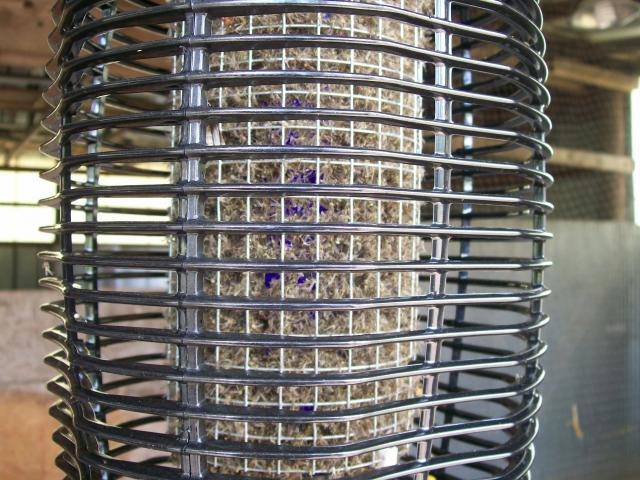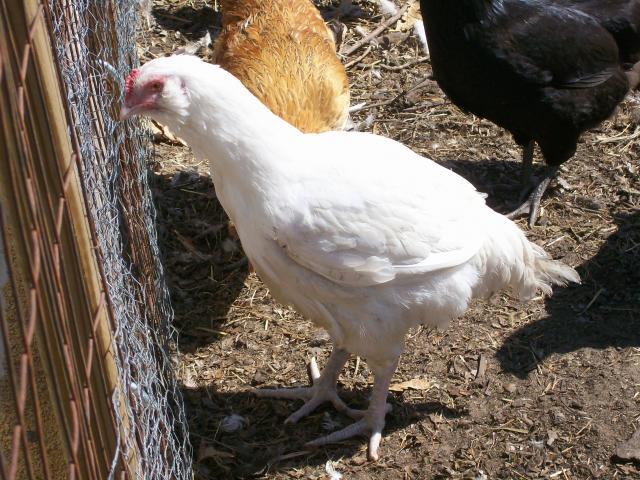- Mar 11, 2011
- 281
- 4
- 109
Quote:
Promoted is right! Beautiful coloring!!
Promoted is right! Beautiful coloring!!
Follow along with the video below to see how to install our site as a web app on your home screen.
Note: This feature may not be available in some browsers.



